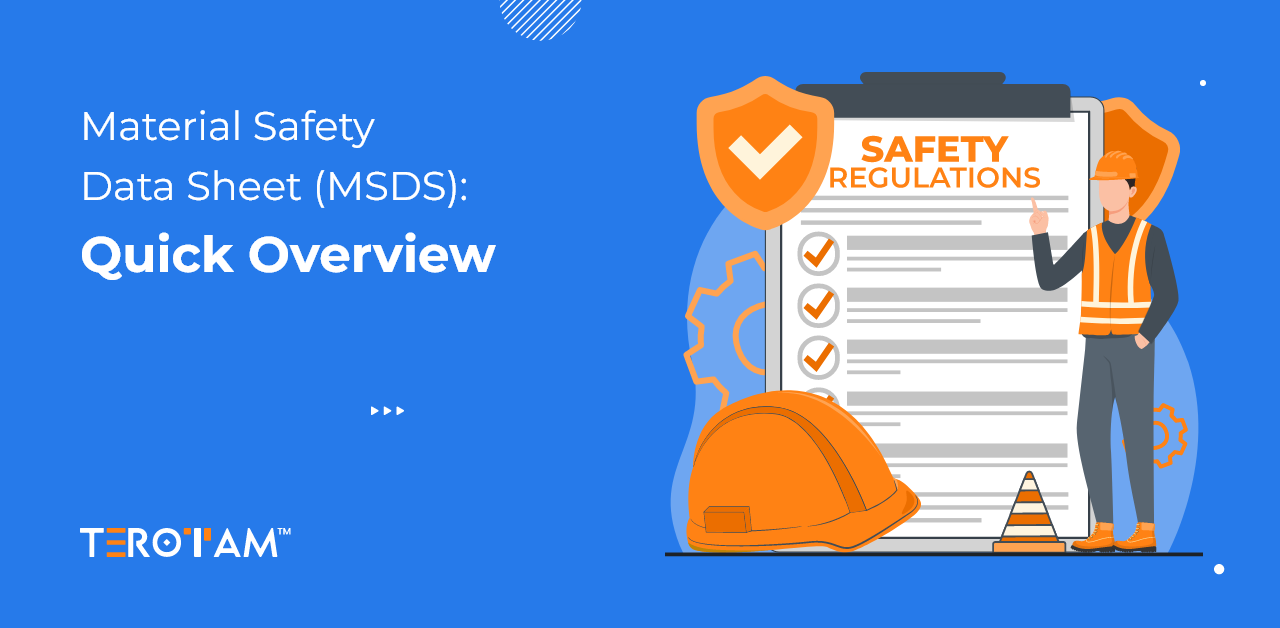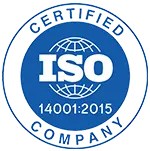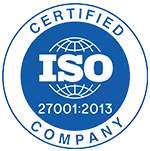In industrial and manufacturing environments, handling chemicals safely is a top priority. Whether it’s for cleaning, production, or storage, understanding how a chemical behaves and what precautions are necessary can’t be left to guesswork. That’s where a Material Safety Data Sheet, or MSDS, comes into the picture.
An MSDS gives workers, safety officers, and employers critical details about a chemical substance. It’s a document that breaks down everything — from what the chemical is made of, to what first-aid steps are needed if there’s an accident. This article explains what an MSDS is, why it’s important, and how it supports workplace safety.
What is a Material Safety Data Sheet?
A Material Safety Data Sheet (MSDS) is a document that provides detailed information about a chemical product. It outlines the physical and chemical properties of the substance, its health hazards, safe handling practices, emergency control measures, and more.
MSDSs are usually created by chemical industries or suppliers. The goal is to make sure anyone working with or around hazardous substances knows the risks involved and what to do in case of exposure, spills, or fires. Over the years, MSDS has become an essential part of safety protocols in factories, laboratories, warehouses, and other workplaces.
Why is MSDS important for workplaces?
MSDS is not just a document to tick off a checklist—it’s a practical safety guide. It gives everyone from floor workers to supervisors a clear idea of what they’re dealing with.
If the chemical is flammable, toxic, or reactive, the MSDS will say so. If protective gear is required or if there’s a special storage instruction, it’s mentioned too. Here’s why it matters:
- Protects workers’ health: It warns about hazards like burns, toxic vapors, or skin irritation.
- Guides emergency response: It tells how to act in case of spills, leaks, or accidents.
- Supports legal compliance: Safety agencies often require MSDS documentation on-site.
- Improves overall safety: It creates awareness and reduces guesswork during handling.
What information does an MSDS contain?
A Material Safety Data Sheet is carefully structured to deliver all the necessary safety, handling, and emergency data related to a chemical product. It’s designed for practical use in industrial settings where chemicals are part of everyday operations. Each section gives teams the clarity needed to handle materials safely and reduce potential hazards.
Most MSDS documents follow a standardized 16-section format. These sections ensure that anyone using or exposed to the chemical can access everything from hazard types to storage needs and first-aid responses. Here’s a breakdown of what each section generally includes:
- Product identification – Basic details like product name, manufacturer, and emergency contact.
- Hazard identification – Types of risks including health, fire, or environmental hazards.
- Composition details – List of ingredients and their concentration percentages.
- First-aid measures – Immediate actions for exposure through skin, inhalation, or ingestion.
- Fire-fighting methods – Proper extinguishing media and protective steps in case of fire.
- Spill handling procedures – Safe cleanup and containment instructions.
- Safe handling and storage – Environmental conditions and precautions for storage.
- Exposure control and PPE – Required safety gear and exposure limit guidance.
- Physical and chemical properties – Data like boiling point, pH, flash point, and appearance.
- Stability and reactivity – Conditions that may cause hazardous reactions.
- Toxicological data – Short-term and long-term health effects of exposure.
- Environmental impact – Information on toxicity to ecosystems and degradation.
- Disposal instructions – Proper ways to dispose of chemical waste and containers.
- Transport information – Shipping classification, labeling, and packaging needs.
- Regulatory compliance – Relevant local and global safety regulations.
- Document revision info – Last updated date and version history.
Where is MSDS used?
Material Safety Data Sheets are widely used across industries that handle chemicals in any form—liquid, gas, or solid. From basic cleaning agents to complex industrial solvents, any hazardous material requires proper documentation. MSDS ensures that everyone involved in the product’s lifecycle—from storage to disposal—knows how to manage it safely.
In manufacturing plants and processing units, MSDS documents are essential during maintenance, production, and emergency scenarios. Technicians rely on them before working with lubricants, coolants, adhesives, and other substances that pose risks if mishandled. The documents guide both routine practices and unplanned responses.
Warehouses, construction sites, research labs, and healthcare facilities also depend on MSDS for safe chemical usage. Whether it’s for spill response, PPE selection, or training new staff, MSDS helps enforce consistency and compliance across all operations involving hazardous materials.
How does CMMS help you manage MSDS?
Managing MSDS manually becomes difficult as operations grow and the number of chemicals increases. Paper-based documents can get misplaced, outdated, or become hard to access during emergencies. This creates delays in response and increases the risk of non-compliance with safety regulations.
A CMMS helps industries store, organize, and retrieve MSDS in a structured digital format. Whether it’s for inspections, maintenance tasks, or emergency handling, workers can quickly access the correct data on desktops, tablets, or mobile devices. It helps teams make informed decisions based on real-time safety documentation.
This digital approach also supports compliance reporting, training tracking, and risk management across the plant. It reduces the effort needed to maintain MSDS records and ensures that safety protocols are never missed due to lack of information or outdated sheets.
- Digitally stores MSDS for quick, site-wide access across teams and departments.
- Links MSDS to specific machines, assets, or chemical storage zones in the facility.
- Sends alerts when an MSDS document is updated or due for review.
- Helps safety auditors retrieve historical MSDS records within seconds.
- Tracks employee training completion for MSDS review and safety briefings.
- Connects MSDS access with scheduled tasks involving hazardous materials.
- Maintains full document history for each version of uploaded MSDS files.
Conclusion
In any industrial setting where chemicals are in use, the importance of having clear, accessible, and up-to-date MSDS documents cannot be overstated. They’re not just a safety formality—they’re a working tool that supports compliance, reduces risk, and ensures every team member knows exactly what to do in case something goes wrong.
When integrated with a CMMS, MSDS management becomes more than just storage—it becomes a smart, searchable, and reliable part of your safety workflow. From linking sheets to specific assets to automating update alerts, CMMS gives your team confidence backed by data.
If your operations still rely on scattered paperwork or outdated chemical safety files, it’s time for an upgrade. Connect with our experts at contact@terotam.com to see how TeroTAM’s CMMS can streamline your MSDS tracking and make chemical safety a lot simpler to manage.








